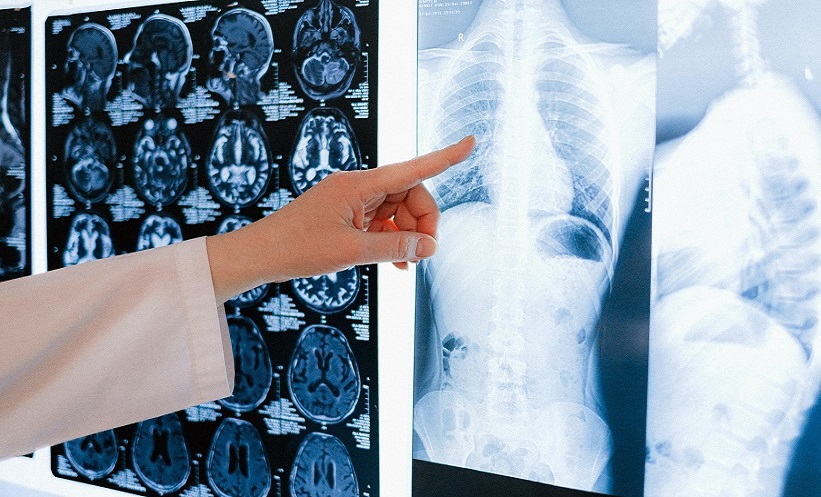CHEST X-rays are often used to diagnose a wide array of heart and lung disorders, including chronic lung diseases and cancer. A novel retrospective multicentre study has revealed that an artificial intelligence (AI) tool can accurately differentiate between normal and abnormal chest X-rays in a clinical setting.
Study co-author Louis Lind Plesner, Department of Radiology, Herlev Hospital, Denmark, and colleagues utilised a commercially-available AI tool to analyse the chest X-rays of 1,529 patients from four hospitals, including X-rays from outpatients, as well as emergency department and in-hospital patients. The AI tool classified the X-rays as ‘high-confidence normal’ or ‘not high-confidence normal’, referring to normal and abnormal, respectively. The reference standard incorporated two board-certified thoracic radiologists, and a third radiologist who was used in instances of disagreement. All three physicians were blinded to the AI results.
The findings suggested that 7.8% of all X-rays can be safely automated by an AI tool. Of the 429 chest X-rays that were classified as normal, 28% were also classified as normal by the AI tool. Additionally, the AI tool detected abnormal chest X-rays with a sensitivity of 99.1%, and it performed specifically well at identifying normal X-rays of the outpatient group at a rate of 11.6%. This suggested that the AI model could perform especially well in outpatient settings with a high prevalence of normal chest X-rays.
Plesner expressed their surprise at how sensitive the AI tool was for all types of chest disease, stating: “In fact, we could not find a single chest X-ray in our database where the algorithm made a major mistake. Furthermore, the AI tool had a sensitivity overall better than the clinical board-certified radiologists.”
The researchers suggested that future studies should be aimed at larger perspective implementation of the AI tool, wherein the autonomously reported chest X-rays are still reviewed by radiologists. Acknowledging that chest X-rays are among the most common imaging examinations performed worldwide, Plesner noted: “Even a small percentage of automatisation can lead to saved time for radiologists, which they can prioritise on more complex matters.” This would markedly alleviate the substantial workload experienced by radiologists globally.








